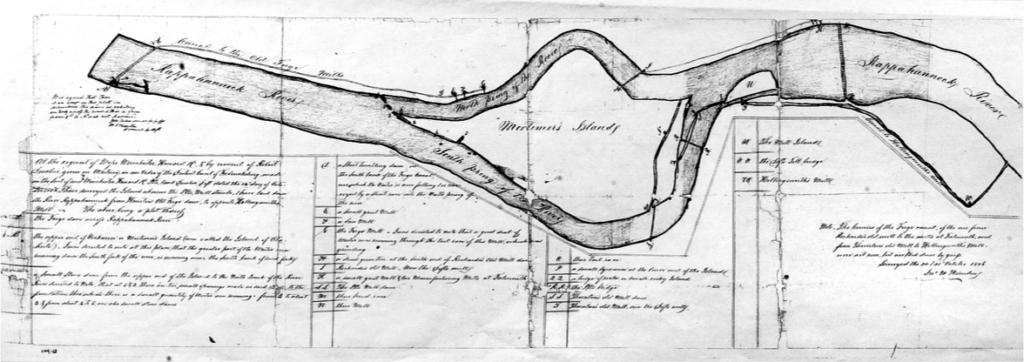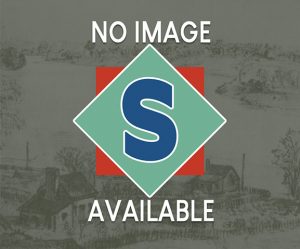Arsenal of Democracy
America’s “First Arsenal of Democracy”, the Rappahannock Forge, a subsidiary of Hunters Iron Works, was located on the banks of the Rappahannock River in Stafford County during the Revolutionary War. Ironies abound as James Hunter relied on enslaved labor to produce armaments and equipment for our liberty and depended on pacifist Quakers for his skilled workers. This is the story of Hunter and his vital enterprise for American independence which has been interpreted as the key factor in America’s being able to defeat the British.
Hunter’s Iron Works was absolutely essential to the war effort, turning out all manner of military tools, naval stores, and supplies for troops with the exception of cannons. Rappahannock Forge was the weapons-making subsidiary of Hunter’s Works that was established 1776/7. It produced amusettes, muskets, pistols, carbines, and swords. Even prior to the Revolution, Hunter’s was arguably the largest multi-faceted manufacturing facility in colonial America.
In 1776, Hunter was awarded the contract to provide naval stores to the Southern Potomac District. He used the old tobacco warehouses at Cave’s Landing on Potomac Creek as a distribution point, these being located a mile or so upstream from Belle Plain. Hunter chose this site because the water was still navigable at that point and he felt it was far enough up the creek that the British were unlikely to find it.
On Aug. 22, 1776 Thomas Whiting informed Fielding Lewis that Capt. Willis Cooper had been ordered to deliver 230 barrels of pitch and turpentine ‘to your care, half of which is to be detained for the use of your River and the remainder forwarded to Mr. James Hunter for the. Patowmack department’ (Virginia Board of War, Journal, 1777-1780).
There are few references to Hunter supplying cannons to the Navy. Those he did provide were obtained from outside sources, the casting of anon being a highly specialized task not conducted at Rappahannock. Rappahannock Forge did manufacture muskets for the Navy and the Council of Virginia directed Col. George Weedon of the 3rd Battalion to apply to Hunter for these weapons. The ‘Guns are desired to be forwarded to this place without delay for the use of the marine Companies in York and James River’ (Virginia Navy Board, Minute Books).
Hunter’s Iron Work, located west of Falmouth, was Stafford’s major industrial enterprise of one of Virginia’s and America’s early major industrial plants. The large complex ran from today’s Old Forge neighborhood, south to the Rappahannock River and east underneath I-95, to the Carter’s Crossing Shopping Center. Hunter’s forge and blast furnace was the largest in Colonial America. Hunter, a pragmatic Scotsman, did everything possible to increase production for the Revolution including using enslaved labor. In 1783, the year the Revolution ended, Hunter paid taxes on some 260 enslaved persons. Historians say that had it not been for the many items produced at Hunter’s Iron Works and the subsidiary Rappahannock Forge, America would not have won the Revolutionary War.


